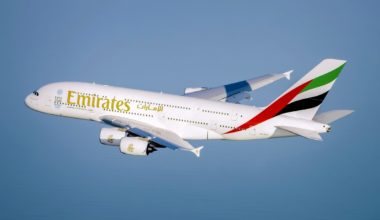On the face of things, these two sharp shocks to the Aviation industry are different events. However, after a closer inspection, some similarities and lessons can be learned.
Back in 2001, I remember the shock of 9/11 and thinking how evil it was to use passenger jets as ballistic missiles, and would people ever feel safe enough to travel by air again? At the time, I could not see a rush back to using ships for intercontinental travel, but in the fog of the days after 9/11, it was tough to see a return to normality.
In hindsight and years later, it is fair to say that the answer was ‘YES we did’; it was safer to fly post 9/11 than it was before. In the pre-9/11 world, only one airline in the world ElAl had reinforced cockpit doors, carried out passenger profiling and undertook extra security checks as these measures were seen as extreme by the rest of the industry at the time. In post- 9/11 January 2002, the FAA mandated Strengthened cockpit doors and TSA checks and profiling became the norm.
The upgrading of the ineffective cockpit security and pre- boarding screening, both pax and bags, were readily accepted because people felt safer with the new procedures and were happy to take the delay and slight inconvenience.
Fast forward to 2020 and COVID-19, and we have another sharp shock to the Aviation industry, and like terrorism, the effects of virus will be around long after its initial strike. This time it is worse than 9/11 since that event was mainly confined to the Americas and to a lesser extent EUMEA, and although the industry took a general downturn the Asia-Pac Airlines boomed with many taking canceled aircraft orders from Boeing and Airbus, and for a long time leading the world in new sales.
Also, 9/11 sped up airline consolation in the USA and even cleaned out a lot of weaker airlines worldwide. Low-Cost Carriers also multiplied around the world with large aircraft orders of 50 or 100 at a time. The LCC’s moved into the OEM market space previously held by leasing companies and large airlines.
It may take years but once again I am sure the airline industry will adapt post COVID-19 and people will feel safe enough to travel again. Pre-boarding health screening such as rapid checks for infection, hand sanitizers, temperature checks, deep aircraft cleans and mandatory face masks will be the new norm. 9/11 proved we already had all the technology available to us prior to the event to reduce the risk to the flying public. Post COVID-19 will be no different.
It’s clear that on a country macro scale, domestic only travel will be the first to return, with international travel resuming later and I suspect on a country to country basis with even some major hubs excluded. Potentially the big winner here is smaller aircraft and hub busters not hub and spoke international operations. This would be B787/A350 favored over say A380/B747 Jumbos. Global hubs such as Singapore and Dubai may suffer for sometime.
Airfreight on the other hand is the big winner from COVID-19 and cargo carriers like DHL, Atlas Air, FedEx and UPS gearing up for an increase in operations.



